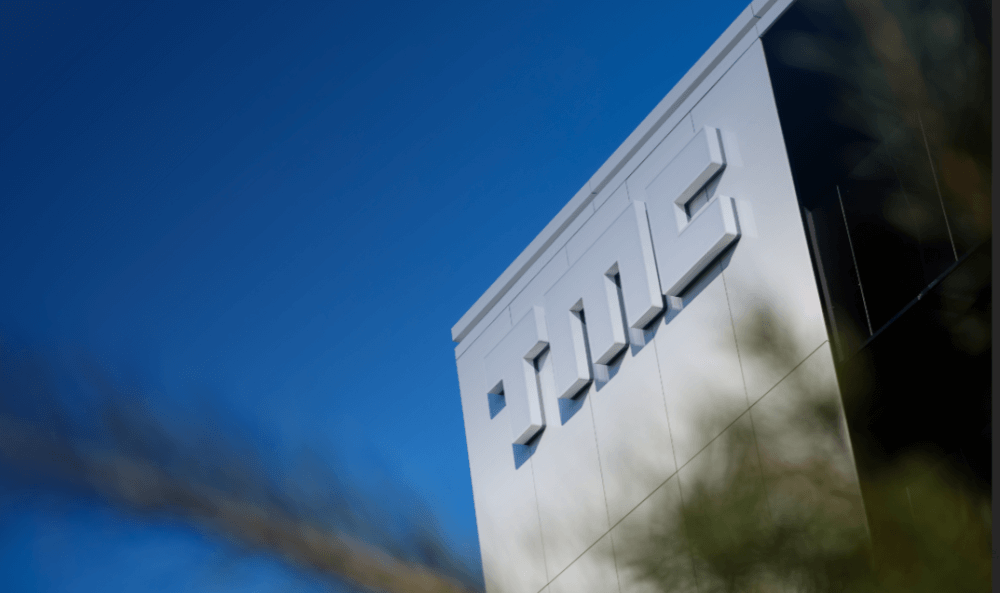

With Novio Energy Storage we are working on solutions that make green energy available 24/7
The growth of renewable energy is expected to continue to grow worldwide. The challenge lies in matching how energy is generated and consumed. Reason for the TMC Entrepreneurial Lab to work on energy storage which leads to more possibilities in residential areas. Jan-Jaap Koning, Employeneur TMC Science & Technology MidWest: “The solution lies in large-scale storage of electrical energy closer to big cities.”
Tiempo de lectura: min.Decentralized generation with various local sources such as solar panels and wind turbines lead to increased congestion on the electricity system. “Energy is generated locally and transported to consumption locations. In the past, you could balance supply and demand on the grid by switching (gas) turbines on or off. Nowadays, the power comes from different sources and in a less controllable way. To be able to properly monitor this, there is an urgent need for large-scale storage. A storage which allows national energy suppliers to better coordinate supply and demand.”
The further the energy transition progresses, the more pressing the problem of energy generation and consumption becomes. In order to store and supply green energy in a regulated manner, there is a need for large-scale storage. The big question is: 'How do people get green energy throughout the day? Koning: “The demand is at its highest point in evenings and mornings. While the sun only shines during the day. With Novio ENSO we are working on solutions where green energy is available 24/7. This is not about transferring energy from summer to winter, but about how you provide green energy in the evening that comes from the sun and wind turbines,” Koning narrates.
Peak shifting
According to TMC's employeneur, the missing link is the large-scale storage of electrical energy in our energy network. The moment energy from sun and wind is generated does not always correspond to the demand of users. The energy network needs a buffer that allows supply and demand to be adjusted to each other and reduces congestion on the grid. “Storage of green energy will lead to more options in residential areas, such as connections for gyms, charging stations, households and companies. You can charge these batteries during the time when the energy network has unused capacity, or when the sun is shining.”
When the network becomes clogged, it is always in the cities. And that’s only getting worse, Koning explains. The storage system that TMC wants to install in a city with Novio ENSO is for users in the city. Customers are electricity companies that would like to exploit the system. One that finds it important to be able to supply green energy. “If you build a parking garage that accommodates three hundred electrical cars per floor, we can place forty containers with batteries on the upper deck of that garage. With those batteries in the cities, you can shift the peak, which we call peak shifting. In fact, these batteries act as a buffer and we shift the peak of supply to the peak of demand. This way, people living in the city can always continue to use green electricity.”
Demand capacity
The municipalities develop plans and look for a solution in the event of a shortage of grid capacity. Novio Energy Storage ‘only’ offers this solution, on both the medium-voltage grid of Liander and on the high-voltage grid of Tennet. “The municipality must indicate their demand capacity to Liander. They then see whether they can deliver, or not, and if we can help. It would certainly help if a municipality indicated their needs.”
Network
The solution is to place the containers of batteries in the city near a substation. According to Koning, there are only advantages. With batteries in the city, you use short cables, there is a faster response time for grid stabilization, and the buffer function puts supply over demand. Only when the national cable grid has excess capacity do you use it for battery charging. So you need far fewer cables in the national high-voltage grid. “Batteries at a wind farm on the coast can't help the Randstad region or in the south or east of the Netherlands. And with batteries close to the city, you can react faster to disruptions and you perform stabilization on the grid better because there is less cable resistance between them. In addition, there seems to be a transmission loss of more than 10% in the current grid, and that's only going to get worse if you have to start getting that power more and more from the coast." Next, Koning explains that simulations are also part of the activities of this TEL team: “You can ask whether the large-scale laying of cables by the network companies is well argued. You need models that include battery capabilities. Would they really need all those cables? Is this really being optimized? That's where a lot of our government's money goes.”
New solution
Koning explains: “I have applied for a patent for a new solution. The batteries will be placed on the top deck of a parking garage and connected from there to the nearby substation in the city. After all, no one wants a soccer field full of containers in the city. You thereby make the batteries invisible.” And why a patent? “There are foreign for-profit companies that have filed a lot of applications in the Netherlands for connections for battery storage, so we would have to contribute to their profits for our electricity. That is an unwanted dependency. To prevent this, we are working with patent protection. Cities that also want such a solution can consult us. This way, we want to protect our investment and stimulate new research for the common good of the energy transition. Incidentally, not much has come of these foreign initiatives in the Netherlands yet.”
Unavoidable
The batteries Novio Energy Storage works with are used to trade in electricity. By making excess power available that would otherwise go to waste, batteries add value and pay for themselves. This contributes to their mission to provide a region or city with green energy at any time of the day. “Green energy is impossible without a local buffer. Looking at the energy transition, it is inevitable for every city to have such a system. What will be the first green city?”

Contáctanos para oportunidades, colaboraciones o preguntas. Estamos aquí para conectar.


